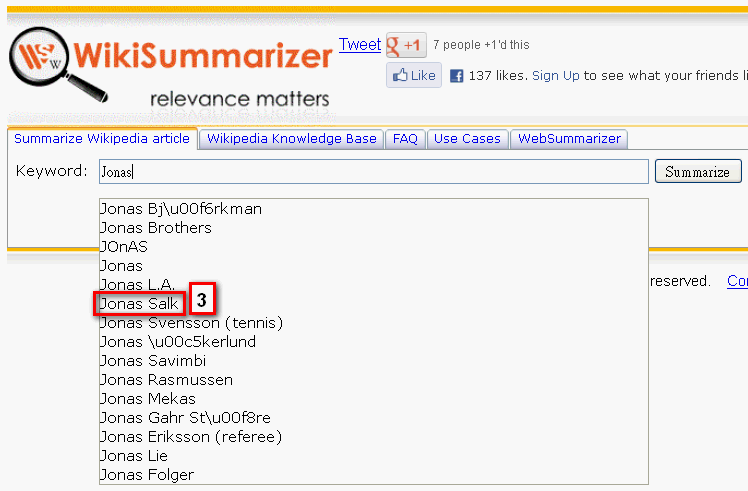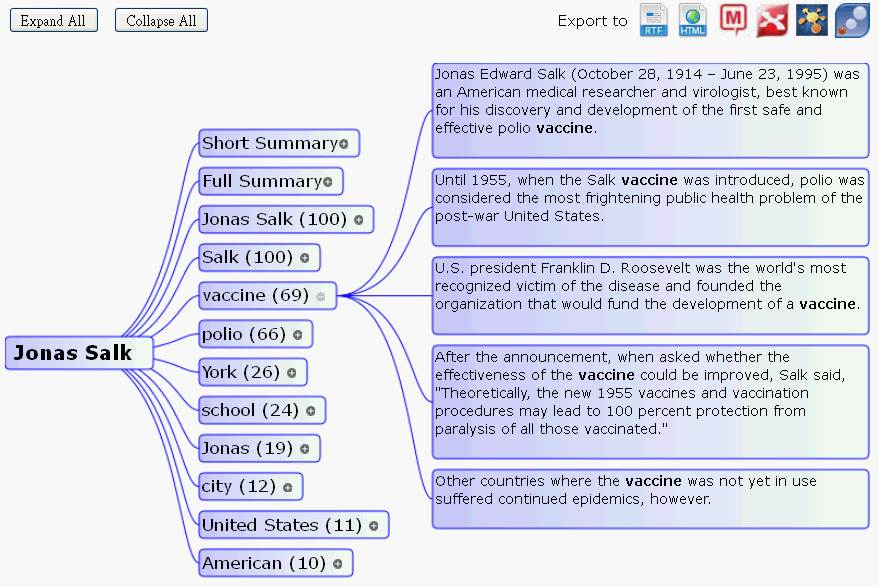 |
| Menace To Our Marriage, page 1 (text retyped for reading comfort) |
After you have read and understood the story, please go to the bottom of this blog post and click on
Read More >> to do some writing practice.
----------
Here are some vocabulary notes to help you understand the story better:
p. 2
Sue is thoughtful: she gave Madge the sunniest room. In the US, some places are rather cold. Being in a sunny room is very pleasant.
Old fashioned words (DON'T learn them): play sth jivey/cut a rug (don't learn these words. I have never heard them, but I think they mean:
Play sth with a good beat. Let's do do some fancy dancing
M wasn't a girl to take no for an answer = if she wants sth, she won't stop until she gets it
[I won't take no for an answer = you must say "Yes!"]
try to do sth [it will probably not succeed]
There's nothing to it! = it's very easy!
There must be something to it
一定有他的道理
The laugh was on me [= I laughed at the other person for doing sth foolish, but I found out that I was wrong]
If you monopolize sb's time, you don't let anybody else talk to them or interact with them.
A monopoly is a situation where only one company is allowed to sell a certain product. Unlike in Taiwan,
Monopoly is a very popular game for adults in western countries, especially in the US.
dawn = the time when the sun comes up
It dawned on me = I started to understand
"would you be a dear [= a woman's way of saying "Please"] and run an iron over it"
manage to do sth = do sth which is not easy
an
unscrupulous businessman doesn't care if he/she does unethical things to make money
keep sb on the go = make them stay busy
wear sb out = make them very tired
Sue looks like she's ready to
strangle Madge (twist her neck and make her die)
Call it a night/Let's call it a day [= we have worked enough today, so we need to rest; let's not make ourselves too tired]
She treated me like a servant
put sb up = let them stay in your home for a while, usually because they have a problem
Madge feels resentful (Madge resents having to give up her room for the kids)
Writing practice appears below:













.gif)









.gif)
